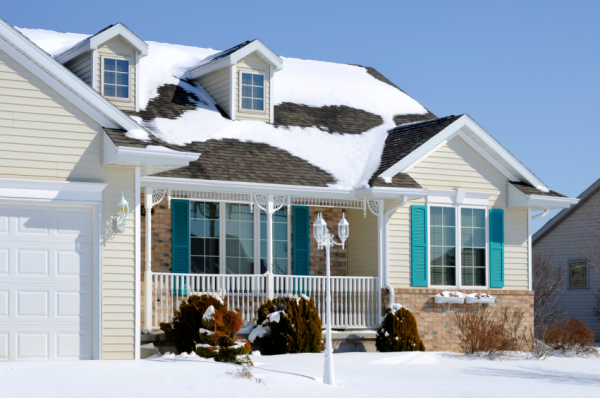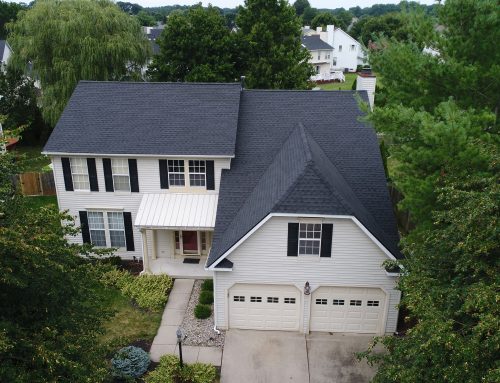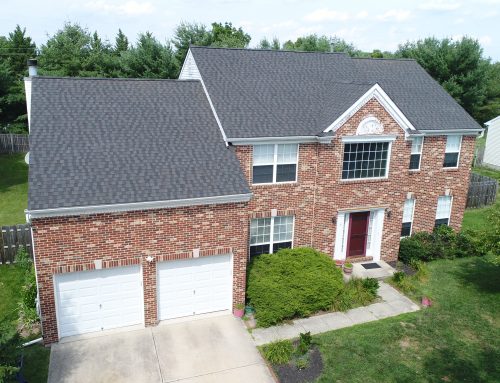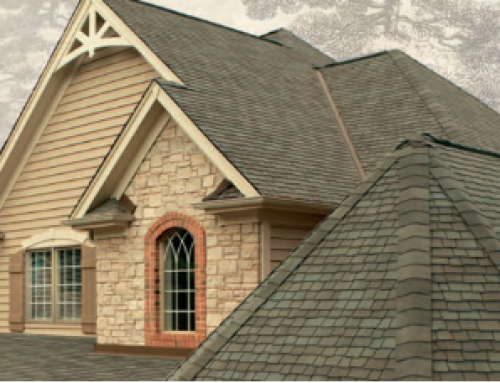Homeowners who did not have a chance to replace their leaking roof during the spring, typically want to move forward with their roof replacement project before the cold weather arrives.
Can it be done? The answer is yes. The real question here is “SHOULD” it be done? The answer is, no, not unless it is an emergency or if there are days where the temperature meets manufacturer specifications. We feel there is a longer explanation that is necessary so that homeowners understand all of the ins and outs of installing a roof during the winter season.
Installing a new roofing system during the winter involves a few additional challenges.
Most Important Considerations
Temperature
Temperature is an important consideration while installing your new roofing system. Also, installing a new roofing system on a windy winter day allows the shingles to easily be ripped off, especially those with self-sealing strips which can be compromised in cold temperatures. Shingles should be installation at ambient temperature of 45 degrees or above.
Wind Resistance
These shingles have a special thermal sealant that firmly bonds the shingles together after application when exposed to sun and warm temperatures. Shingles installed during the fall or winter may be compromised and not seal until the following spring. Shingles may be damaged by winds before sealing if not exposed to adequate surface temperatures, especially if the self-sealant gets dirty, the shingles may never seal. Failure to seal under these circumstances are the results from the nature of self-sealing shingles, and is not a manufacturing defect. Shingles should not be applied during prolonged cold periods, or in areas where airborne dust or sand can be expected before sealing occurs. Roof slopes greater than 21” per foot must be hand sealed.
During very cold weather, shingles may:
- Become brittle and possibly crack or break where bent.
- Need to be hand sealed.
- Have a condition known as “cold curl”. (shingle edges curl up due to cold)
Will Your Warranty Be Affected?
For example, with the above listed things being said, your GAF Limited Warranty for the shingles will remain in effect. However, any damage such as cracking, lack of sealing, foot damage or tearing is the responsibility of the applicator and is excluded from GAF’s responsibility under the terms of our Limited Warranty, which covers only manufacturing defects.
Many contractors will avoid providing this vital information to homeowners before the installation of their new roofing system because the winter months are considered the slowest of the year. However, keep in mind that the quality of the finished product may be adversely affected if not installed properly i.e. meeting the manufacturer’s requirements. Here at DMB, communication is a top-priority. Together we will look at the options and decide on a strategy that best meets your short and long term goals.
Book Your Spring Roof Replacement Now & Save!
If you’re a homeowner looking to book your roof replacement, you can ensure you receive the best price available by booking your Spring installation this Winter. Each year, shingle prices typically rise 6-8%. This can really add up, so why not book now for Spring & save!





